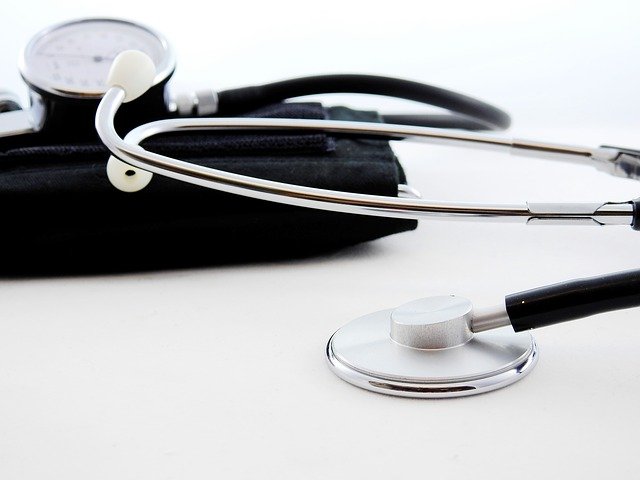
People with high blood pressure or high risk for the disease need to monitor their blood pressure regularly.
It is more convenient to measure blood pressure at home than doing it in clinics.
In addition, monitoring blood pressure at home can help compensate for what’s known as “white coat” effect –a spike in readings while visiting the doctor’s office.
However, sometimes people make mistakes when checking their blood pressure numbers.
Here a UT Southwestern cardiologist offers some suggestions on how to do it correctly at home:
Pick a time when you are relaxed to measure your blood pressure.
Hypertension experts recommend taking three measurements and then averaging the last two.
Avoid early morning readings – 5 a.m. or 6 a.m. – because blood pressure is often highest very early in the morning.
Be consistent and take your blood pressure readings at the same time of day.
It’s also important to know your recommended blood pressure levels and see your physician if the readings are consistently high.
When checking blood pressure, it is important to avoid common mistakes.
Here are 5 common mistakes according to the American Heart Association:
Having a full bladder – This can add 10-15 points to your reading. You should always empty your bladder before measuring blood pressure.
Slouching, unsupported back/feet – Poor support when sitting can increase your reading by 6-10points. Make sure you’re in a chair with your back supported and feet flat on the floor or a footstool.
Unsupported arm – If your arm is hanging by your side or you have to hold it up during a reading, you may see numbers up to 10 points higher than they should be.
You should position your arm on a chair or counter so that the measurement cuff is level with your heart.
Sitting with crossed legs – While polite, it could increase a blood pressure reading 2-8 points. It’s best to uncross your legs as well as ensure your feet are supported.
Talking – Answering questions, talking on the phone, etc. can add 10 points. Stay still and silent to ensure an accurate measurement.
Normal blood pressure is typically less than 120 for systolic (the number when your heart is contracting) and less than 80 for diastolic (when your heart is relaxed).
Copyright © 2018 Knowridge Science Report. All rights reserved.



